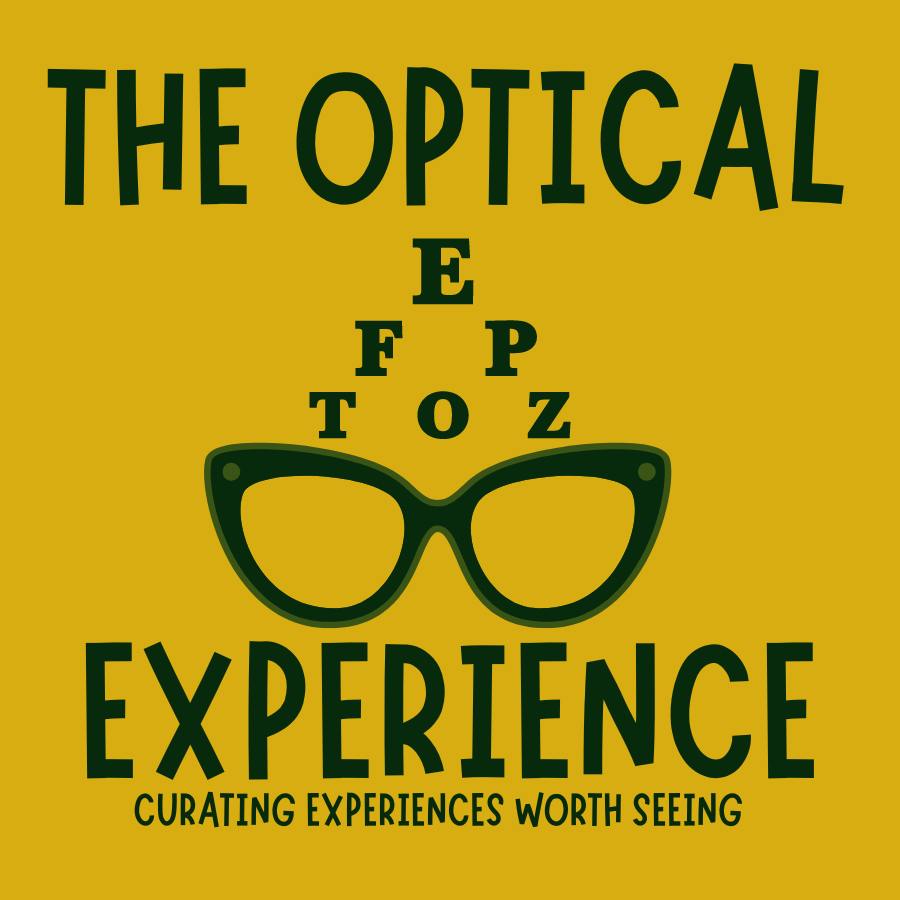The Evolution of Sunglasses Fashion: From Utility to Iconic Accessory
Introduction to the Evolution of Sunglasses Fashion
Sunglasses started as more than just a fashion statement. Originally, they were crafted to protect the eyes from the sun's harsh rays. Throughout history, their purpose morphed, blending utility with fashion. Let's dive into this journey. Ancient civilizations like the Inuits used flattened walrus ivory with narrow slits to shield their eyes from the blinding snow. Fast forward to the 20th century, sunglasses took on a new role. In the 1920s, they became a symbol of glamour and mystique among Hollywood’s elite, with large, dark lenses hiding the eyes of celebrities from the public. This was when sunglasses started to claim their stake in the fashion world. But it wasn’t until the 1930s and 1940s that they became widely accessible and popular among the general public, thanks in part to advancements in mass production techniques. Icons like James Dean and Audrey Hepburn wore them in movies, sealing their status as a must-have accessory. Today, sunglasses are not just for protecting our eyes; they're a form of expression, reflecting personal style and the times. From practical gear to a fashion essential, the evolution of sunglasses is a testament to how functionality and fashion can blend seamlessly.
The Early Days: Sunglasses as a Utility
In the beginning, sunglasses weren't about style. They were created for one reason: protection. Way back, they were a tool to shield eyes from the harsh rays of the sun. Early forms of sunglasses were simply tinted glasses, and the idea was practical – to reduce glare and make it easier to see on sunny days. Inuit people, for instance, used flattened walrus ivory with narrow slits to block out the sun while hunting on snow and ice. This wasn't fashion; it was survival. Similarly, in the 12th century in China, judges wore smoky quartz lenses to hide their eye expressions in court. Again, function over form. It wasn't until movie stars in the 20th century started wearing them that sunglasses began their transformation into the fashion statement we know today. But remember, at their core, sunglasses were born from necessity, not vanity.
The 20th Century: Sunglasses and Hollywood Glamour
In the 20th century, sunglasses took a glamorous turn, thanks to Hollywood. It started in the 1920s, when silent film stars wore them to shield their eyes from harsh movie set lights. Quickly, this practical use turned into a fashion statement. By the 1930s, sunglasses became a must-have accessory for Hollywood's elite, signaling a blend of mystery, allure, and style. Brands like Ray-Ban emerged during this era, introducing the iconic Aviator in 1936, primarily designed for pilots but soon adopted by the masses for their cool factor. Movies like "Breakfast at Tiffany's" and stars like James Dean and Audrey Hepburn in the '50s and '60s solidified sunglasses as a symbol of glamour and rebellion. This era set the stage for sunglasses, transitioning them from utility to an iconic accessory in everyone's wardrobe, showing how fashion is influenced by culture and celebrity.
Sunglasses in the 1950s and 1960s: A Symbol of Cool
In the 1950s and 1960s, sunglasses took on a whole new identity, transforming from a practical item to a symbol of coolness and glamour. This wasn't just about blocking the sun anymore; it was about making a fashion statement. Movie stars and musicians were rarely seen without their shades, both on and off the screen or stage, solidifying sunglasses as a must-have accessory. Brands like Ray-Ban became household names during this era, thanks in part to their appearance in movies. Think of James Dean's iconic look in "Rebel Without a Cause" or Audrey Hepburn in "Breakfast at Tiffany's." These moments cemented the cool factor of sunglasses. It wasn't just the design that evolved; it was the cultural significance. Wearing sunglasses meant you were part of the in-crowd, effortlessly cool and unmistakably stylish. The 50s and 60s set the stage for sunglasses to become an iconic accessory, not just a practical one.
1970s to 1980s: Oversized Frames and Bold Statements
In the 1970s and 1980s, sunglasses took a huge leap from just being a practical item to protect the eyes from the sun to becoming a bold fashion statement. The era was all about going big or going home, and sunglasses were no exception. Oversized frames dominated the scene, with both men and women embracing this trend. These large lenses weren't just for show—they offered more coverage from the sun, but more importantly, they made a statement about the wearer's style and attitude. Celebrities and fashion icons of the time were often seen flaunting these exaggerated frames, further cementing their status as a must-have accessory. The colors and designs also got bolder, featuring vibrant hues and unique shapes that stood out. It was a time when expressing individuality through fashion was celebrated, and sunglasses played a key role in that self-expression.
The 1990s: Minimalist Designs and Sporty Styles
In the 1990s, sunglasses took a sharp turn towards minimalist aesthetics and sporty designs. This era said goodbye to the extravagant shapes and sizes of the '80s, ushering in sleek, subtle frames that matched the decade's love for minimalism. Brands like Oakley became household names with their focus on performance and innovative materials. The wraparound sunglasses epitomized the sporty look, becoming a staple for athletes and celebrities alike. This shift wasn't just about fashion; it reflected the decade's broader cultural emphasis on health, fitness, and practicality. The '90s showed us that sunglasses aren't just for the beach or a summer day out; they're an essential accessory for anyone leading an active lifestyle. So, whether you were hitting the slopes or just wanted to add a touch of athletic chic to your look, the '90s had you covered with their trend-setting, sporty sunglasses.
2000s to Present: The Rise of Designer Sunglasses
In the 2000s, sunglasses took a glamorous turn. Celebrities and fashion icons started popping up everywhere, not just wearing sunglasses for eye protection, but as a statement piece. This era saw the rise of designer sunglasses. Brands like Ray-Ban, Gucci, and Prada became not just eyewear manufacturers but fashion powerhouses. Prices soared, but so did the desire to own a pair. Why? Because owning designer sunglasses became a status symbol. It was no longer about shielding your eyes from the sun. It was about flaunting your style, your wealth, and sometimes, your allegiance to a particular brand. This shift transformed sunglasses from a utility item into an iconic accessory. People began to collect sunglasses, looking for vintage pieces or limited edition releases. Social media platforms like Instagram fueled this trend, with influencers and celebrities showcasing their latest pairs, making everyone want to up their sunglasses game. From sleek and minimalistic designs to bold and oversized frames, the 2000s to the present has been an era of diversity in sunglasses fashion, proving that they’re here to stay as an essential part of modern style.
Celebrity Influence on Sunglasses Fashion
Celebrities have been game-changers in transforming sunglasses from mere sun-shielding gear to must-have fashion statements. Think about it; when a celebrity steps out donning a new style of shades, it doesn't take long for those glasses to hit the mainstream. Icons like Audrey Hepburn and James Dean made sunglasses cool in the mid-20th century with their films Breakfast at Tiffany's and Rebel Without a Cause. Their choice of eyewear instantly became a symbol of sophistication and rebellion, respectively. More recently, celebrities like Kanye West and Rihanna have pushed the boundaries even further, wearing and promoting avant-garde styles that challenge traditional designs. Their influence is powerful—once they're spotted in a unique pair of sunglasses, those frames often become the next big thing. Brands know this. They team up with these influencers, knowing that their endorsement can skyrocket sales and set new fashion trends. In essence, celebrities act as a bridge, bringing high-fashion accessories into the public eye, making us all want to emulate their look. It's a cycle that continuously shapes and reshapes the sunglasses fashion landscape.
Sunglasses Fashion Today: A Mix of Vintage and Modern
Sunglasses today are not just about protection from the sun. They're a statement, a blend of old-school charm and futuristic vibes. Brands are mixing retro designs with modern technology, giving us frames that shout both vintage and contemporary. You'll find aviators that have been around since the 1930s sitting next to sleek, minimalistic designs that wouldn't look out of place in a sci-fi movie. It's all about personal style now. Whether you're into the oversized look of the 70s, the bold and colorful 80s, or the clean, sharp lines of modern eyewear, there's something for everyone. The materials have upgraded too, with lightweight metals and durable plastics that make sunglasses both comfortable and long-lasting. And let's not forget the lenses – advancements in UV protection and polarized options ensure not only a fashion statement but also essential eye safety. So, whether you're channeling your inner movie star or just keeping it cool with some shades, remember, today's sunglass fashion is about mixing it up, finding that perfect pair that speaks to your unique blend of past and present.
The Future of Sunglasses Fashion: Trends to Watch
The future of sunglasses fashion looks bright, with trends constantly evolving. We're seeing a shift towards sustainability, with eco-friendly materials like bamboo and recycled plastics gaining popularity. Smart sunglasses, equipped with Bluetooth connectivity and audio playback, mark the next big thing in wearable tech. Additionally, oversized and unique geometric shapes continue to make bold statements. Vintage styles are making a comeback too, blending old-school charm with modern twists. As personalization becomes key, expect to see more brands offering customizable options, allowing wearers to truly make a pair their own. Keep an eye on color-changing lenses and augmented reality features, set to redefine our sunglass experience. The future is about blending style, technology, and sustainability seamlessly.


